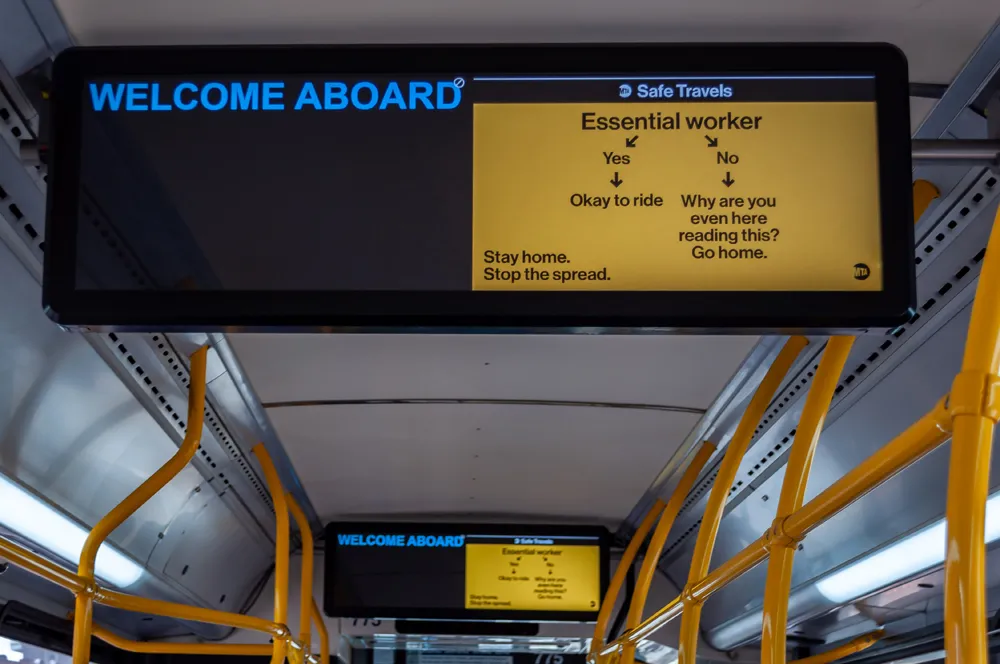A debate run on Tuesday June 21st by the International Bridge Tunnel and Turnpike Association (IBTTA) will discuss funding problems for the US highway network. Portions of the interstate highway system are more than 50 years old. According to IBTTA, the interstate system is crumbling due to neglect, lack of maintenance, and inadequate funding. From an initial investment of US$129 billion the cost to first build the Interstate highway system, it will now cost the US from $1.3 trillion - $2.5 trillion to rebu
April 19, 2012
Read time: 2 mins
A debate run on Tuesday June 21st by the International Bridge Tunnel and Turnpike Association (63 IBTTA) will discuss funding problems for the US highway network. Portions of the interstate highway system are more than 50 years old. According to IBTTA, the interstate system is crumbling due to neglect, lack of maintenance, and inadequate funding. From an initial investment of US$129 billion the cost to first build the Interstate highway system, it will now cost the US from $1.3 trillion - $2.5 trillion to rebuild the Interstate system over the next 50 years. Where will this money come from? And how will we stimulate the political will and public resolve to protect our investment and the vital economic lifeline it represents? These are the topics under focus. In a newly published paper, Ed Regan and Steven Brown of 4047 Wilbur Smith Associates explore the options for rebuilding America’s interstate highway system, taking a fresh look at the assumptions and political decisions about funding that have set us on our present course. Using new analyses and case studies, Regan and Brown point the way to an interstate highway renaissance, emphasising that states need new options and fewer restrictions on methods to fund and rebuild this precious American resource. Join IBTTA in person or via the live webcast for the 90-minute discussion








